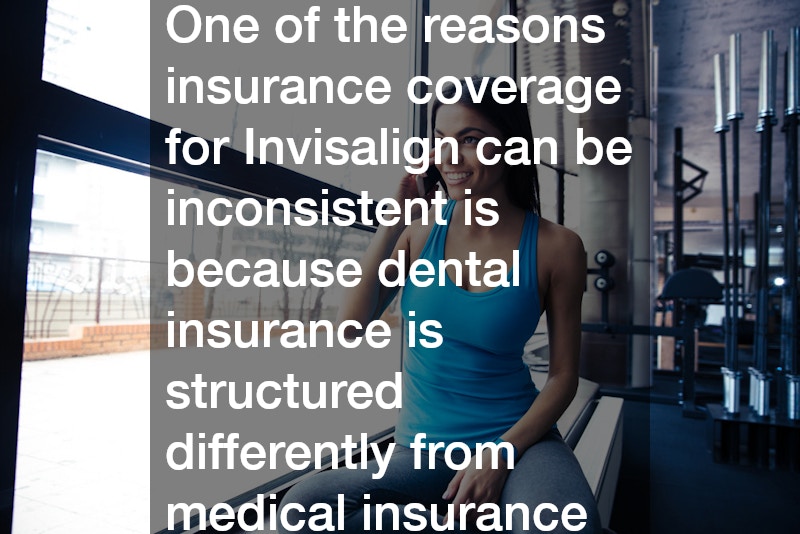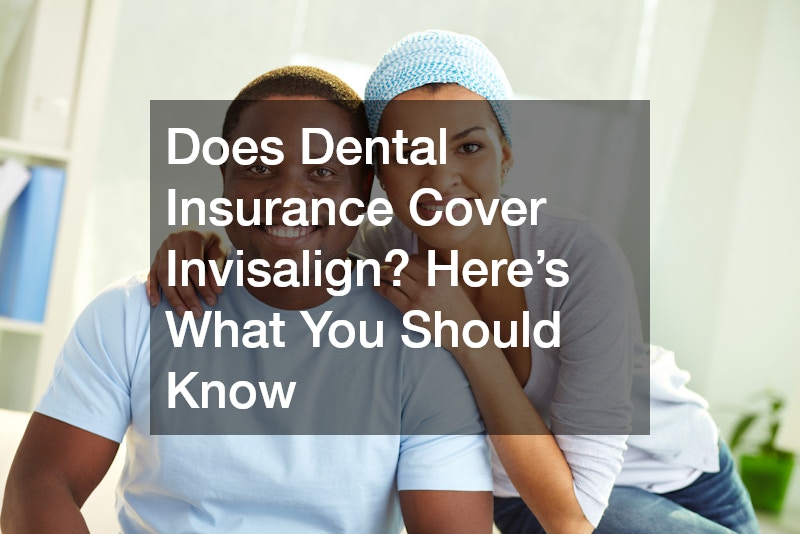Does Dental Insurance Cover Invisalign? Here’s What You Should Know
Invisalign has revolutionized the world of orthodontics by offering a clear, more aesthetically pleasing alternative to traditional metal braces. As more individuals seek out this popular treatment, a common question arises: does dental insurance cover Invisalign? While Invisalign provides numerous benefits in terms of appearance and comfort, the question of its affordability often hinges on whether insurance will help foot the bill. Understanding how dental insurance works with Invisalign can help you plan better financially and ensure that this innovative treatment is accessible for you.
Dental insurance plans vary widely, and coverage for orthodontic treatments like Invisalign is no exception. Not all plans include orthodontic insurance, and those that do might have specific restrictions or limits. Some dental insurance policies might only cover traditional braces and exclude treatments like Invisalign, while others will cover a portion of the costs. It’s crucial to review your individual policy or contact your insurance provider to clarify what’s included in your plan. Knowing the specifics of your coverage can prevent unwelcome surprises down the line.
It’s worth noting that when dental insurance does cover Invisalign, it typically operates under a set of maximum lifetime limits. For instance, an insurance policy might offer up to $2,000 for orthodontic treatment during the lifetime of the policyholder. This coverage will generally only pay a percentage of the total cost of Invisalign, often ranging from 25% to 50%, leaving the remainder as an out-of-pocket expense. Because Invisalign can be more expensive than traditional braces, it’s important to plan accordingly, understanding the potential financial responsibility.
For those considering Invisalign, an initial consultation with an orthodontist can provide more personalized insights into the financials. Many dental practices offer payment plans or financing options that can help bridge the gap left by insurance coverage. In some cases, a Flexible Savings Account (FSA) or a Health Savings Account (HSA) can be used to pay for Invisalign, providing a tax-advantaged way to manage the costs. Discussing these options with your orthodontist can offer additional avenues to make the treatment more affordable.
One of the reasons insurance coverage for Invisalign can be inconsistent is because dental insurance is structured differently from medical insurance. While medical insurance often covers the costs of treatment deemed medically necessary, dental insurance typically focuses on preventive care and has limited coverage for other procedures. Consequently, Invisalign, often considered an elective cosmetic treatment, might not be seen as essential by some insurers. Therefore, policyholders should be proactive and inquire specifically about Invisalign coverage before starting treatment.
Another critical factor to consider is the possibility of needing pre-approval from your insurance provider for Invisalign treatment. Insurance companies might require a detailed treatment plan from your orthodontist, complete with a breakdown of costs and expected outcomes, before agreeing to any coverage. Ensuring that all necessary information is provided to the insurer in advance can help avoid delays or denials of coverage later on. It’s essential to follow the insurer’s processes meticulously to maximize your chances of receiving coverage.
In conclusion, whether dental insurance covers Invisalign depends heavily on your specific insurance plan and circumstances. Investigating the details of your policy, understanding policy limits and exclusions, and exploring additional financial options are key steps to take before embarking on the Invisalign journey. While it may require a deeper exploration into your insurance details, the clarity and comfort offered by Invisalign may make the effort well worth it. Make sure to approach your insurance provider with all necessary questions to ensure a clear understanding of your coverage. With the right preparation, Invisalign could be a viable and rewarding option for achieving the smile you desire.



